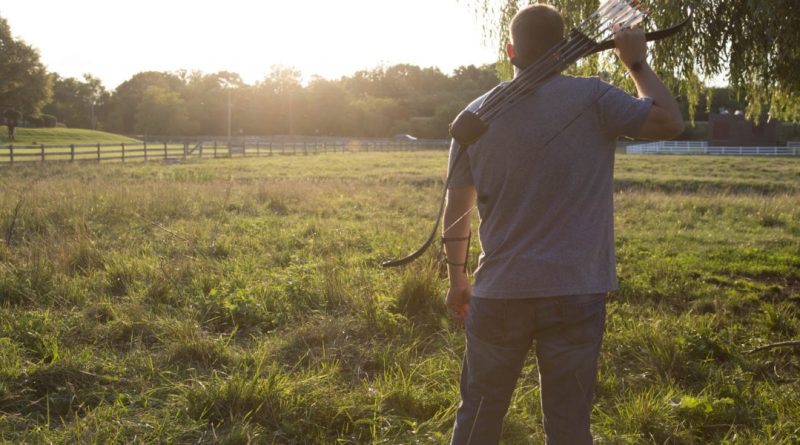Longbow vs. Recurve: What’s the Difference?
Traditional archery is simple, nostalgic, challenging and arguably more fun than the sport’s other disciplines.
Traditional archers have their own flair with cool leather quivers and beautiful feather-fletched arrows. But it’s the bows that make traditional archery unique. They come in two main varieties, recurves and longbows.
What separates recurve bows from longbows? Recurves get their name from the bow’s swept tips, which curve away from the archer. Longbows lack those swept tips, but their limbs bend gracefully throughout the bow’s length. An easy way to tell the difference is whether the bowstring touches the bow’s limb. If it does, it’s a recurve. Even if the string nearly touches the limb, it’s still a longbow.
The differences don’t end at the tips. Both bows have unique traits. What’s the best traditional bow for you? Keep reading to find out.
Speed

If you’re looking for something quiet, consider choosing a longbow. Even without string silencers, longbows naturally have a quiet bowstring twang. Photo Credit: Dwyer Longbows
Fast arrows have flatter trajectories, which help you shoot farther accurately. If you want a fast-shooting bow, consider a recurve. Its speed comes from its curved tips, which store more energy than do straight limbs. Some longbows, however, rival the fastest recurves. These longbows have swept limbs that aren’t as extreme as a recurve’s, but generate similar arrow speeds.
Smoothness
Longbows and recurves increase in draw weight as they’re pulled back. A smooth-drawing bow is easy to pull at the start but its draw weight rapidly increases when nearing full draw. In contrast, a smooth-drawing bow evenly increases in weight and feels effortless to pull.
Recurve bows draw more smoothly, in general, but bow designs play significant roles in how they draw. Well-designed longbows can be incredibly smooth, especially if their length matches the archer’s draw length. Taller archers, for example, find longer bows smoother to draw than shorter bows.
Nostalgia

From ice-age hunters to medieval archers, longbows embody history. Traditional archers have their own flair with cool leather quivers and beautiful feather-fletched arrows. Photo Credit: ATA
For classical looks and historical appeal, longbows rule. From ice-age hunters to medieval archers, longbows embody history. Recurves have their own fascinating history. Mounted archers, for example, used recurves to conquer Asia. Recurves are also the choice of Olympians.
Quietness
Vibrations and bowstring “twang” generate bow noise. Loud bows aren’t less accurate, but some archers prefer shooting quiet bows. If you’re in that camp, consider choosing a longbow. They’re quiet even without string silencers, which further reduce bowstring twang. Recurves can be quieted with string silencers and proper tuning.
Which is Right for You?
Longbows and recurves have advantages and disadvantages. You can’t go wrong with either, and it’s simple to decide which one is best for you. How? Shoot some recurves and longbows at an archery shop, and choose the one that puts the biggest smile on your face.
The post Longbow vs. Recurve: What’s the Difference? appeared first on Archery 360.
Originally posted 2018-02-10 19:57:34.




